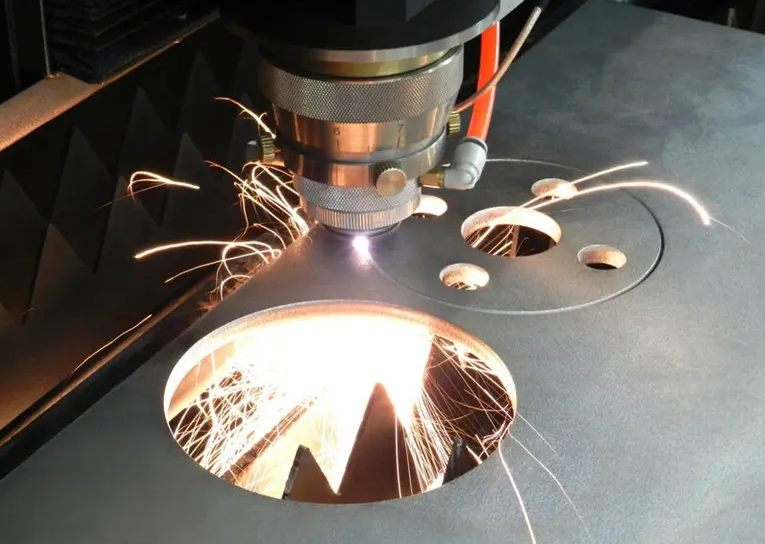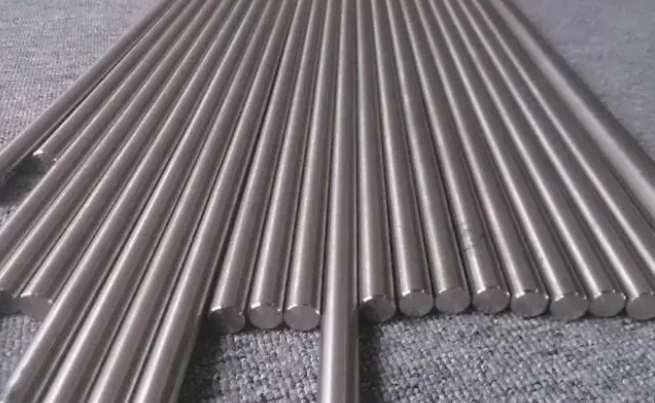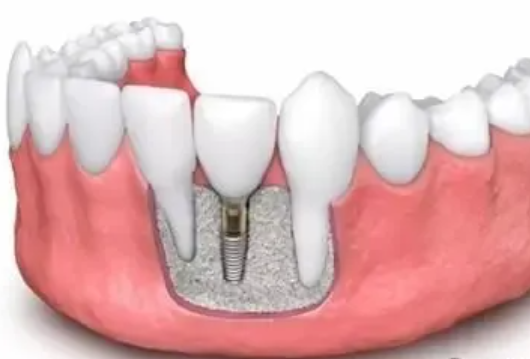Titanium alloys hold significant positions in aerospace, aviation, medical fields, and more due to their unique advantages. Cependant, their challenging processing characteristics have always troubled engineering professionals. Let’s find out the difficulties in alliage de titane processing and proposes corresponding strategies to provide technical support for the widespread application of titanium alloys.

Challenges in Titanium Alloy Processing
Temperature Concentration
- Most titanium alloys have extremely low thermal conductivity:
- 1/7 of steel
- 1/16 of aluminum
- 1/25 of copper
- Heat generated during cutting processes is not easily dissipated but concentrates in the cutting zone.
- Cutting edge temperatures can rise up to 1000°C.
- Consequences include:
- Rapid tool wear
- Cracking
- Chip accumulation
- Shortened tool life
- High temperature concentration at the cutting edge:
- Hinders heat dissipation
- Damages surface integrity
- Reduces part geometric precision
- Induces work hardening, significantly lowering fatigue strength.
Elastic Deformation
- Titanium alloys have a relatively low elastic modulus:
- For example, TC4 has an elastic modulus of 110 GPa.
- In comparison, 45 steel has a modulus of 210 GPa, and stainless steels like 303, 304, and 316 are around 200 GPa.
- Processing titanium alloys can induce elastic deformation:
- This effect is particularly noticeable in thin-walled or ring-shaped parts.
- During machining:
- Localized elastic deformation beyond the elastic limit can lead to plastic deformation.
- This increases the material’s strength and hardness at the cutting point.
- Cutting pressures cause:
- Elastic deformation in the workpiece followed by rebound.
- Increased friction between the tool and workpiece.
- Generation of additional heat due to poor thermal conductivity of titanium alloys.
Strong Affinity
- Titanium alloys exhibit good affinity:
- They easily form long, continuous chips during turning and drilling processes.
- These chips can:
- Entangle the tool and hinder its function.
- When cutting depth is excessive, it can lead to chip adhesion.
- It may also cause tool burning or breakage.
Vibration
- While the elasticity of titanium alloys can be advantageous in component performance:
- It becomes a major cause of vibration during cutting processes.
- The vibration generated when machining titanium alloys is:
- Ten times that of steel.
- Due to the concentration of cutting heat at the cutting zone:
- Saw-toothed chips are produced.
- This causes fluctuations in cutting power.

Strategies for Difficult Titanium Alloy Processing
Cooling
- Use coolant to reduce cutting temperatures:
- Non-soluble oil coolant is suitable for low-speed heavy-duty cutting.
- Soluble cutting coolant is suitable for high-speed cutting.
- Cold cutting methods:
- Liquid nitrogen (-180°C) or liquid CO2 (-76°C) as cutting fluids.
- Effectively lower cutting zone temperatures.
- Improve machining surface quality.
- Prolong tool life.
Selection of Proper Tools
Choosing appropriate cutting tools significantly enhances machining efficiency:
- Heat dissipation in titanium alloys occurs mainly through cutting edges and coolant, not chip discharge like steel.
- Cutting edges endure high heat and mechanical stress.
- Keeping cutting edges sharp reduces cutting forces.
- Grinding techniques with polished grooves and high rake angle insert cutters reduce cutting pressure.
Constant Feed or Increased Feed Rate
Titanium alloys are prone to hardening during processing:
- Hardness increases during cutting, accelerating tool wear.
- Maintaining a constant feed rate is crucial to minimizing work hardening.
- Alternatively, increasing the feed rate (if equipment permits) reduces tool residence time in the machining area.
- This approach helps mitigate heat buildup and opportunities for work hardening.
Reducing Cutting Speed
- Control heat release by operating at 1/3 or lower of the cutting speed used for steel machining.
Tool Change According to Process
- Ceramic, titanium carbide, and titanium nitride-coated tools:
- Have relatively short lifespans when machining titanium alloys.
- For large-scale titanium alloy machining:
- High-speed steel tools are preferred.
- For small batch processing of titanium alloys:
- High-speed hard alloy tools are more suitable.
- Ultrasonic machining technology:
- Is being developed to extend tool life by reducing contact time between the tool and workpiece.
Use of High Rigidity Machine Tools
- High rigidity machine tools are crucial for successful titanium alloy machining. An ideal titanium alloy milling machine must be rigid, with a spindle capable of operating at low speeds and high torque to absorb vibration and reduce chatter during cutting processes.
Regular Cleaning
- Regularly clean machining equipment and tools to prevent chip deposition and maintain machining effectiveness.


